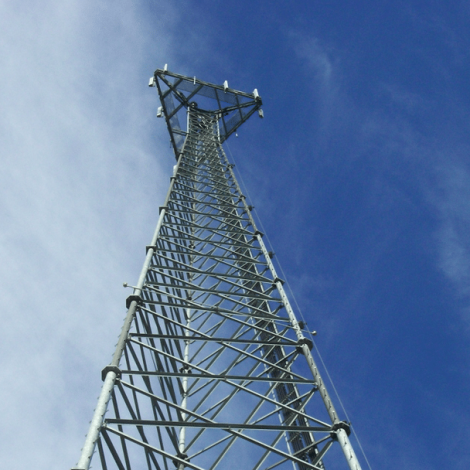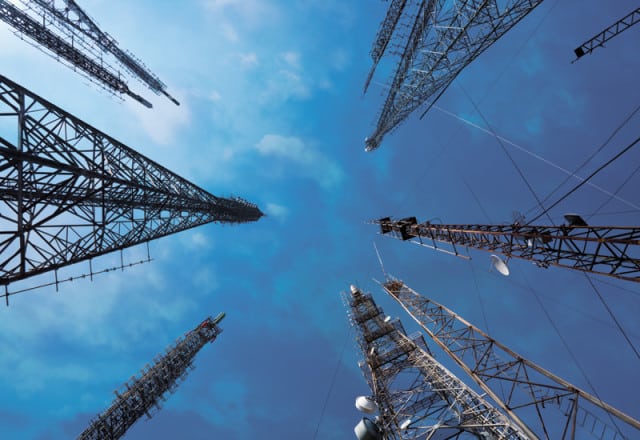The technology startup Endaga launched to deliver “telcos in a box,” open-source cellular networks with low-cost hardware and software, to rural communities that have limited phone and Internet service. Now the founders have seed money and they are planning a big expansion and hiring software engineers.
To place a phone call in a rural community in Papua, Indonesia, residents used to have to share a pay phone that cost $1.50 per minute. That is expensive anywhere, but more so in a country that has an average income of less than $10 per day. There was no payoff for phone companies to build cell towers for the small population, and landlines would be even more expensive. So, the town took control of its communications needs and built its own cellular network. Kurtis Heimerl and his colleagues introduced open-source hardware and code to keep the costs down, and the village joined a handful of communities around the world that communicate and go online over OpenBTS networks. Now the community pays $0.09 for a text message (SMS) and $0.25 per minute for a phone call.
Facebook and Google are making high-profile and creative plays to put the rest of the world online, developing experimental technologies like high-altitude planes, lasers and balloons. But Endaga is taking an open-source route to the same goal with cheap, community-owned networks.
The startup just landed $1.2 million in seed money through the Technology and Infrastructure for Emerging Regions (TIER) network of experts associated with the University of California, Berkeley. Now Heimerl and his team are starting their first year of operations with job notices for software engineers and the initiation of legal agreements in four countries.
“In the next year, we’re hoping to get as many networks on the ground as we can. This will involve a lot of negotiation and a lot of back-end engineering; the whole cloud interface needs a lot more attention,” Heimerl told E4C.
“We’re hiring engineers to help build our back-end software and pushing a new revision of our hardware that’s hardened against bad power, lightning, and other user errors. We’re also working on putting together carrier partnerships for legal operation in Pakistan, Afghanistan, Philippines and Indonesia. That should be the next year of the company, hoping to get 100 units in the field,“ Heimerl says.
Endaga’s blog dives into some of the details. In our view, one of the many praiseworthy aspects of this program is its apparent commitment to community ownership. From the blog:
“I can tell you that the people who are best positioned to power a community cellular network are the people who use it. They know what their community needs, they know how to get things done (and who can do them) and they have a genuine incentive to keep their own infrastructure running smoothly over the long term.”

